Quick Check – Samsung Mini-LED Pricing
A number of the QD only sets also moved considerably over the last two weeks, with one model (75QA) dropping from $2,700 to $1,900, an almost 30% discount, while most other 4K Mini-LED/QD and QD only sets are down from their original prices between the high teens and low 20% range. While all TV brands play with TV pricing, Samsung seems to be far more willing to offer discounts on this year’s line, particularly with Mini-LED/QD sets. While taking advantage of a particular bi-weekly change might get you some short-term savings, the trend has been downward, which will likely continue for the rest of the year.


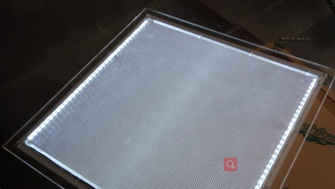
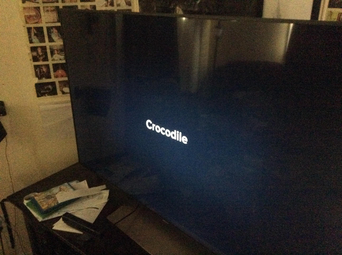
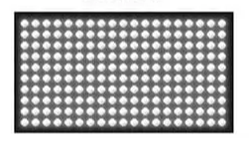
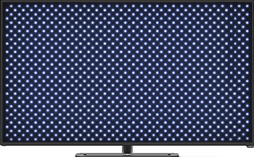
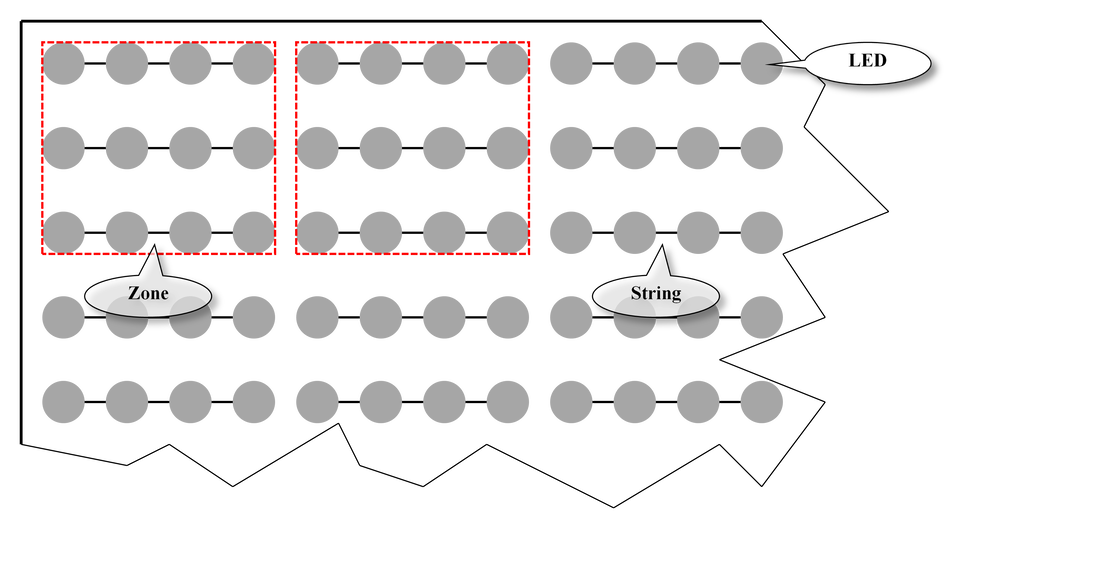
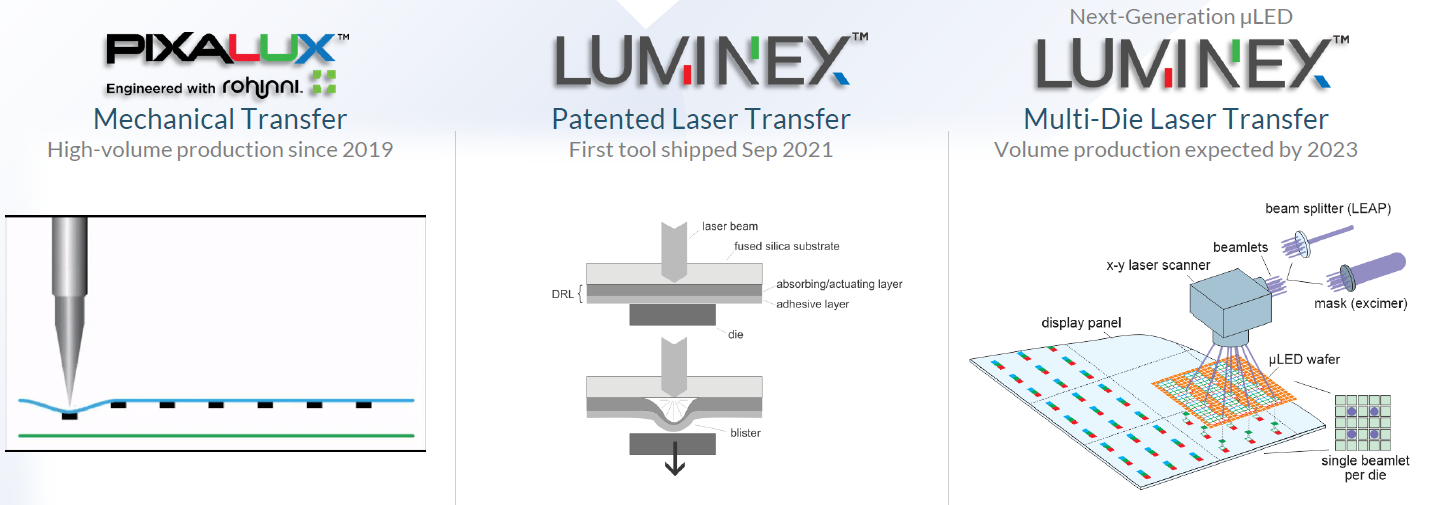



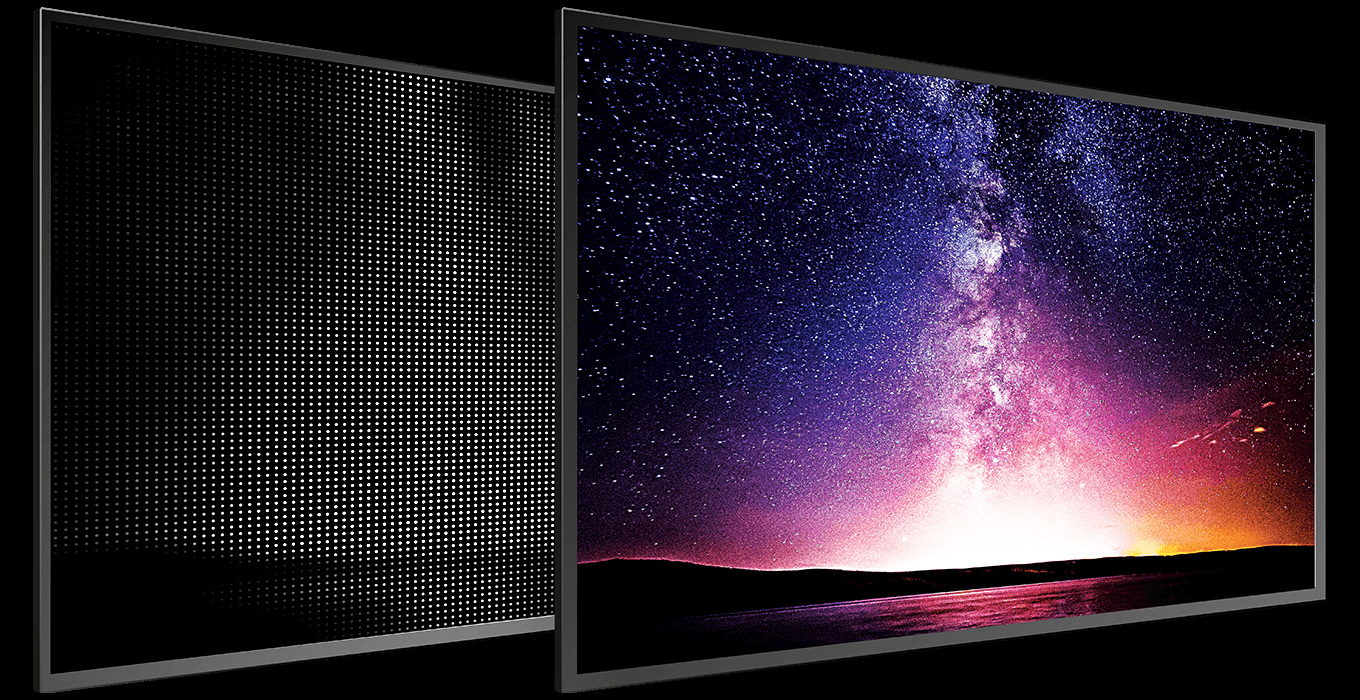

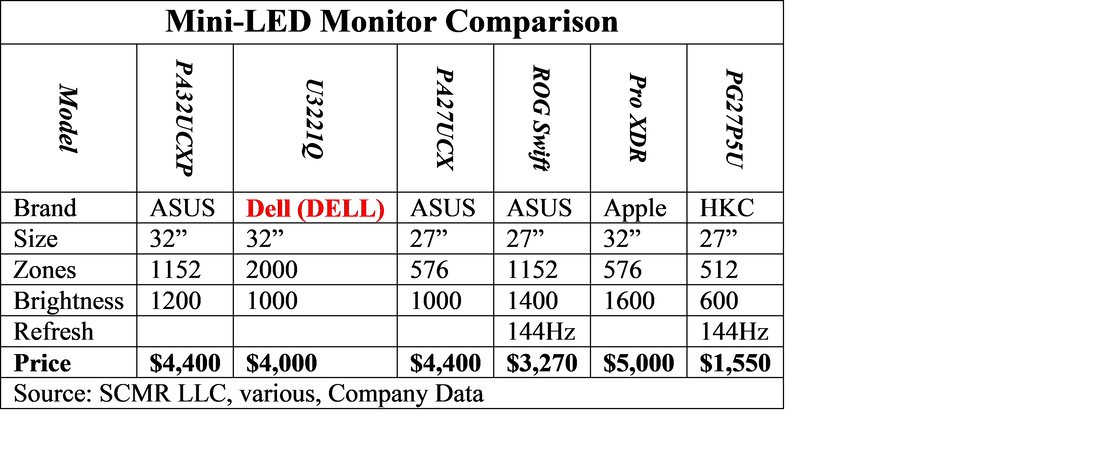

 RSS Feed
RSS Feed